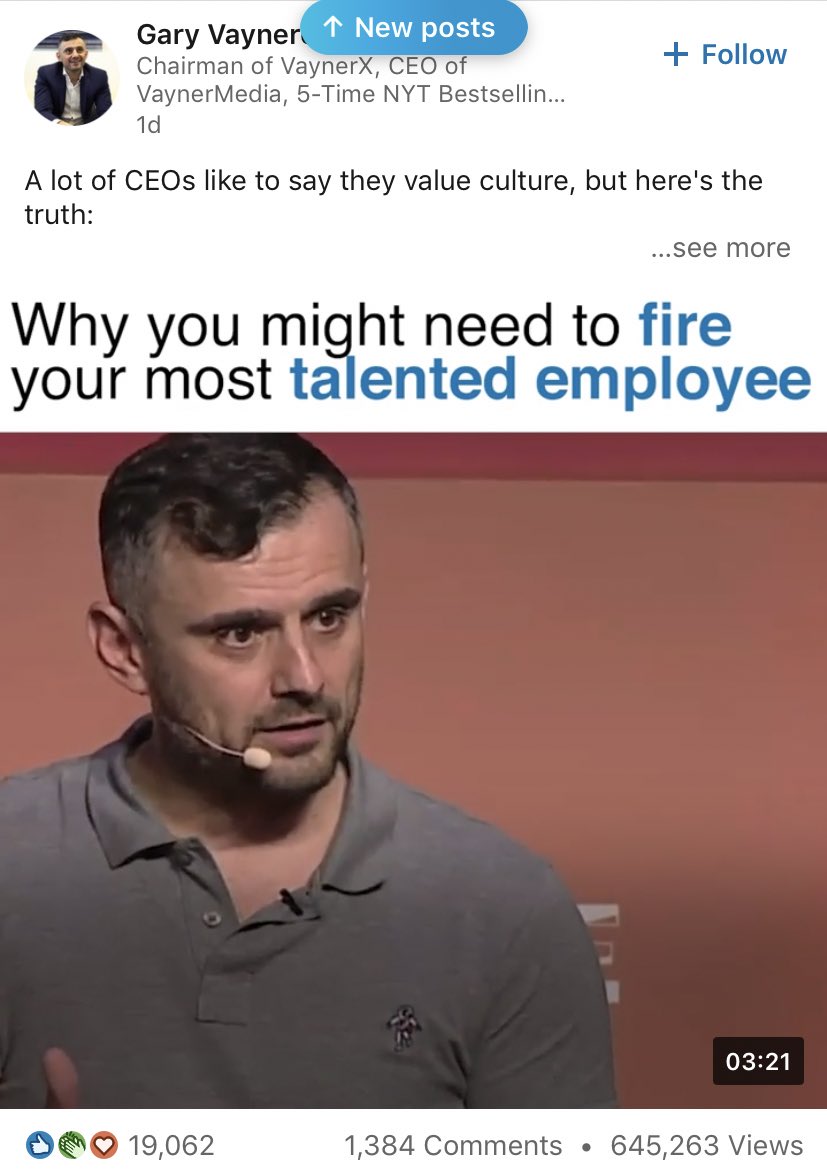
Hey! Today I have something different for you. It’s a piece about the weird world of LinkedIn — from celebrity workfluencers to the strange social features that feel out of place. This is a guest essay from Fadeke Adegbuyi, senior marketing manager at Doist and a fan of all things internet culture. I think you’re going to like it! 😆
- Nathan
LinkedIn is the fucking worst.
Despite our collective confusion about the platform, its enthusiastic embrace by HR departments and recruiters has ensured its success. Even though it was forced to lay off 1,000 employees because of the pandemic, they still increased their Q4 revenue by 10%. As of Q3 of 2020, the company has over 722 million users and is truly international––just 26% of their members are based in North America. With revenue largely powered by recruiting solutions, paid job listings, and advertising, LinkedIn knows how to appeal to businesses at scale. LinkedIn doesn’t need you to like it.
But, the company’s consumer-side remains in the midst of a long-standing identity crisis. Feature bloat and odd idiosyncrasies make the site a superbly strange social network. Many of us have profiles but don’t log in for months at a time. Our “About” sections point to better ways to be reached. Others, seemingly alive and well, have claimed on their pages to have died.
LinkedIn bills itself as an online destination, like a conference held at a 5-star hotel where big thinkers give big speeches, deals get made in private corners, and you can “build and engage with your professional network.” But many of us see it as a not-so-funhouse, with wacky mirrors, jumpout surprises, and peculiar attractions. Can I interest you in a tour?
Copy-Cat Cemetery
LinkedIn recently released Stories, a vertical video feature copied from Instagram, who better stole it from Snapchat. LinkedIn suggests users “share images and short videos of their everyday professional moments.” Released in the midst of a global pandemic during a mass migration to remote work, it’s unclear whether we should showcase cramped work setups on kitchen tables or restless kindergarteners interrupting the 143rd minute of a Zoom.
Available only on LinkedIn's iOS and Android apps, this begs the question...Who is using LinkedIn on their phone? The platform would like you to believe that celebrities are. A permanent Story from LinkedIn shows a reel of workfluencers ––Mark Cuban, Arianna Huffington, Deepak Chopra –– posting professionally shot high-definition videos of their work days.
A tagline ends the montage: “Share your story.” At last glance, only a single one of my 1000+ connections is using the feature.
In contrast, Twitter is seeing early success with Fleets, their own copy-cat story feature that users have been receptive to, posting baby photos and dog pictures in between subtweets and shitposts. Feature imitation isn’t a bad strategy. But LinkedIn Stories was dead on arrival. No one in the boardroom asked the critical question: Who cares?
The Audio Trolls
Audio apps, like Clubhouse, Chalk, and Rodeo point to the power of sound-based social. Twitter released voice tweets earlier this spring and is currently working on an audio spaces feature. LinkedIn has taken their own steps into voice with a handful of audio features. Like most things on the platform, they feel out of place.
The sentiment behind their name pronunciation feature on personal profiles is a positive one, but hasn’t seen wide adoption for its intended purpose. Since the feature was launched, I’ve heard people with the most pronounceable of names use the feature for anything from inserting a 10-second clip from The Office to playing a song snippet at 2x speed. A now common but unintended use case is delightful trolling:
- At one point, Jeff Hui used the feature to ironically shout an elevator pitch at recruiters
- On Riva-Melissa Tez’s profile, she declares herself “Queen Bee”
- Ben Taylor, who includes “click 4 sound” in his name, rickrolls his profile visitors
The Only Subscription
You Need to
Stay at the
Edge of AI
The essential toolkit for those shaping the future
"This might be the best value you
can get from an AI subscription."
- Jay S.
Join 100,000+ leaders, builders, and innovators

Email address
Already have an account? Sign in
What is included in a subscription?
Daily insights from AI pioneers + early access to powerful AI tools


















Comments
Don't have an account? Sign up!